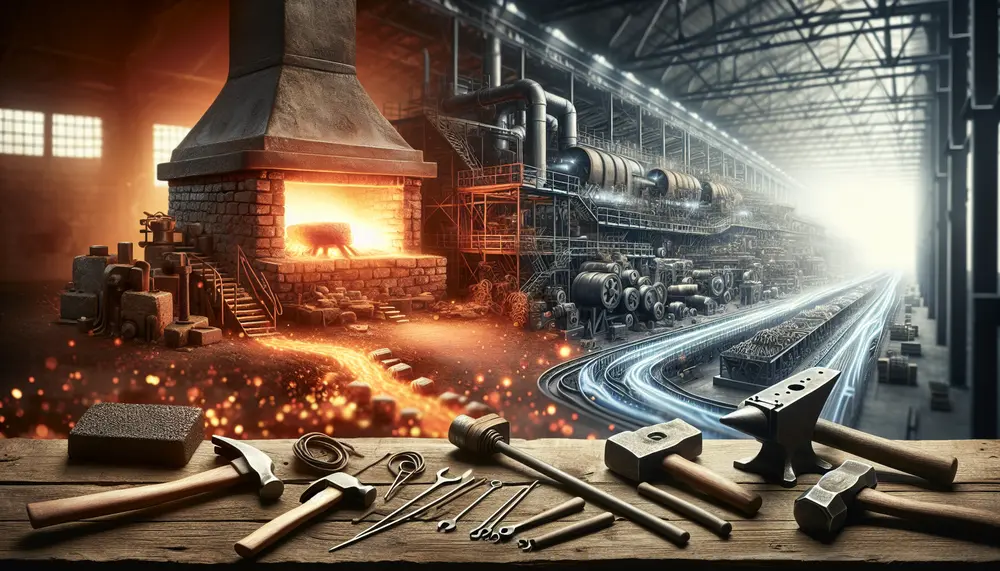Production process
Production process
Verständnis des Begriffs 'Production Process'
Der Production Process ist ein zentraler Begriff in der Stahlindustrie. Dieses Wortpaar bezieht sich auf die Reihe von Schritten, die zur Herstellung von Stahl aus seinen rohen Bestandteilen erfolgen. Der Prozess beginnt mit der Auswahl und Vorbereitung der Rohstoffe, geht über die Verarbeitung dieser Rohstoffe bis hin zur Herstellung des Endprodukts - dem Stahl selbst. Ein richtiger Verständnis des 'Production Process' ist unerlässlich für jeden, der im Stahlhandel tätig ist.
Stufen im 'Production Process'
Der 'Production Process' in der Stahlproduktion beinhaltet spezifische Stufen. Zunächst wird Eisenerz als Hauptrohstoff gewonnen und vorbereitet. Dieses wird dann in einem HochOfen erhitzt, um Roheisen zu erzeugen. Dieses Roheisen wird mit anderen Rohstoffen in einem Stahlwerk zu Stahl verarbeitet. Nach dem Abkühlen wird der Stahl in verschiedene Formen und Größen gewalzt, um den Anforderungen der Kunden gerecht zu werden. Schließlich wird der fertige Stahl für den Transport vorbereitet und verschickt.
Rolle des 'Production Process' im Stahlhandel
Das Verständnis des 'Production Process' ist für den Stahlhandel entscheidend. Die Qualität und Art des verwendeten Stahls hängen stark von den spezifischen Prozessen und Techniken ab, die während der Produktion angewendet werden. Darüber hinaus wirken sich die Kosten und die Zeit, die für den 'Production Process' benötigt werden, direkt auf die Preisgestaltung und Verfügbarkeit von Stahl auf dem Markt aus. Daher spielt der 'Production Process' eine zentrale Rolle bei den Handelsentscheidungen.
Zusammenfassung
Der 'Production Process' bezieht sich auf den gesamten Ablauf der Stahlherstellung, von der Auswahl der Rohstoffe bis hin zur Auslieferung des fertigen Produkts. Dieser Prozess ist für den Stahlhandel von grundlegender Bedeutung, da er die Qualität, Kosten und Verfügbarkeit des Stahls bestimmt. Obwohl der 'Production Process' komplex ist, ist der Grund für sein Verständnis einfach: um fundierte Handelsentscheidungen zu treffen und letztendlich erfolgreich zu sein.
Blog Posts with the term: Production process
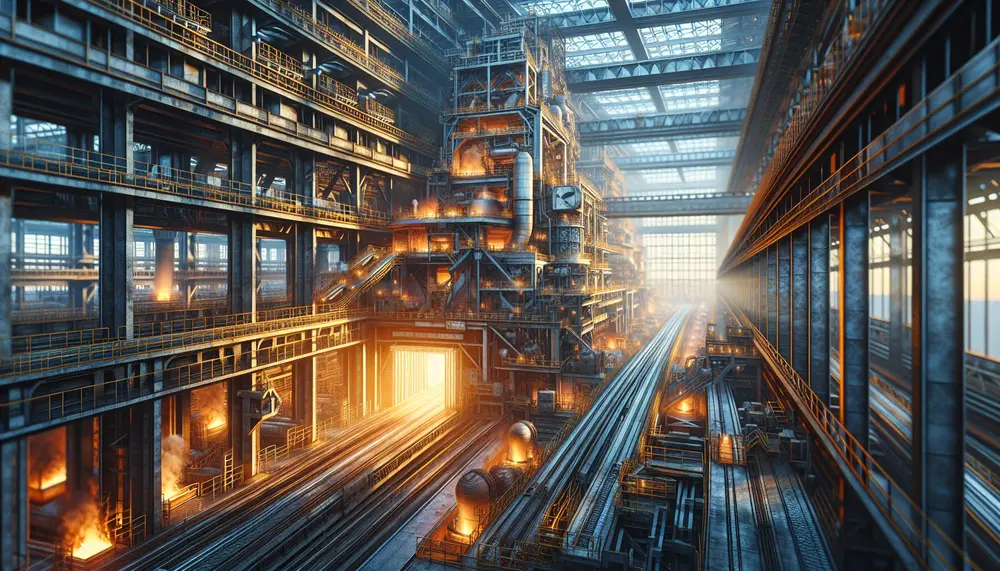
Steel making is a sophisticated process that turns iron ore into steel, involving methods like the Blast Furnace and Electric Arc Furnace to produce various grades of steel. The industry emphasizes sustainability by using additives and recycled materials while ensuring...
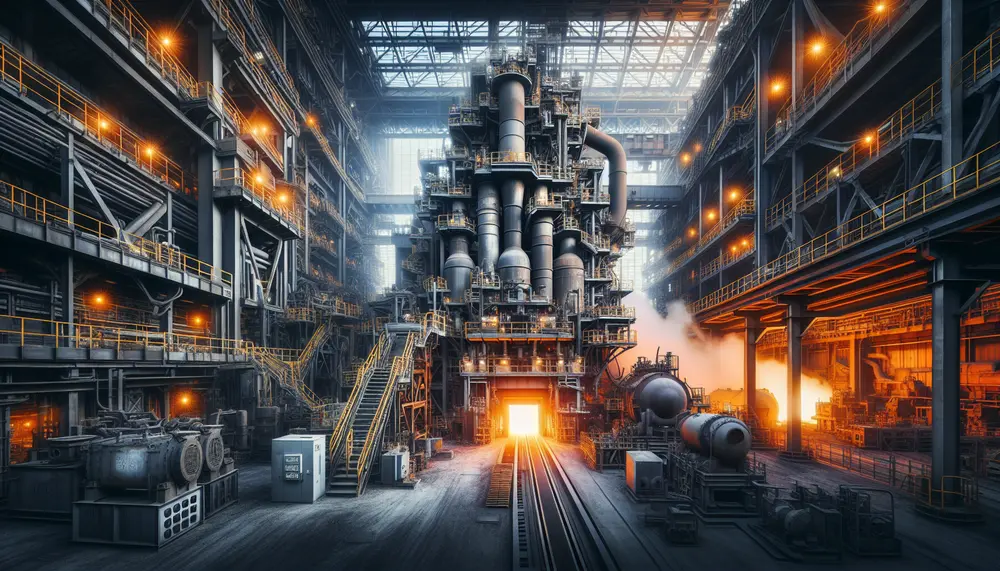
The article provides an overview of the two main steelmaking routes: blast furnace (BF) and electric arc furnace (EAF), detailing their processes, economic considerations, environmental impacts, and technological advancements. It compares BF's large-scale production with high carbon emissions to EAF's...
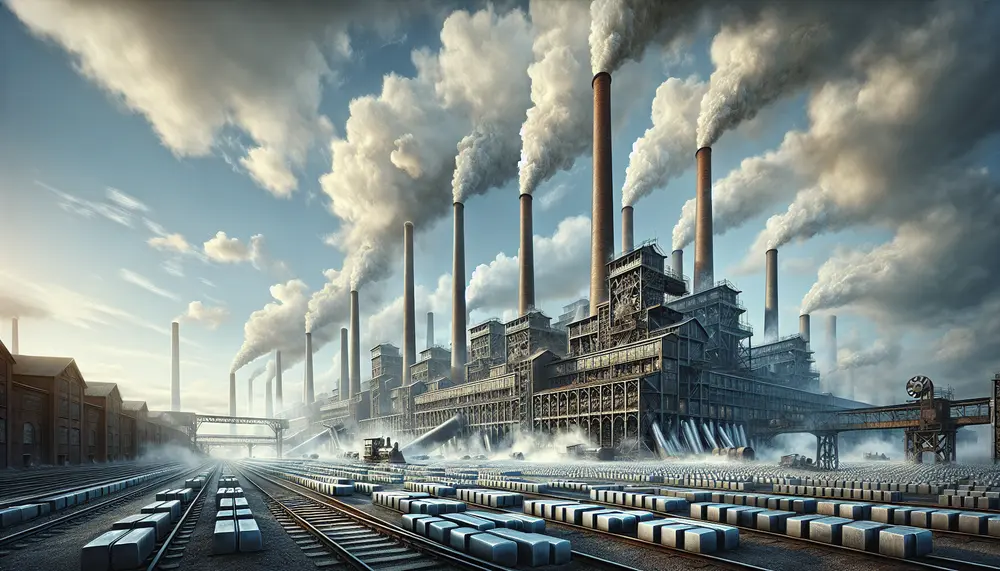
Steel production is vital in Anno 1800, requiring a strategic layout of mines and factories to efficiently transform iron ore into steel beams and weapons. Optimizing the placement and synchronization of these facilities ensures a smooth industrial operation essential for...
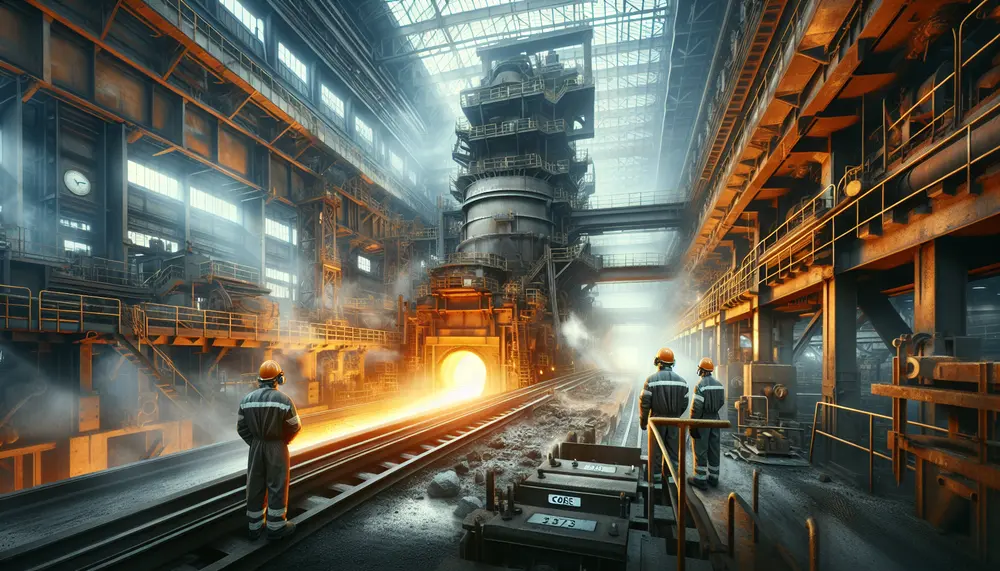
Coke is crucial in steel production, providing heat and chemical reactions for smelting iron ore while also structuring the blast furnace. However, its use emits pollutants and CO2, contributing to environmental concerns....
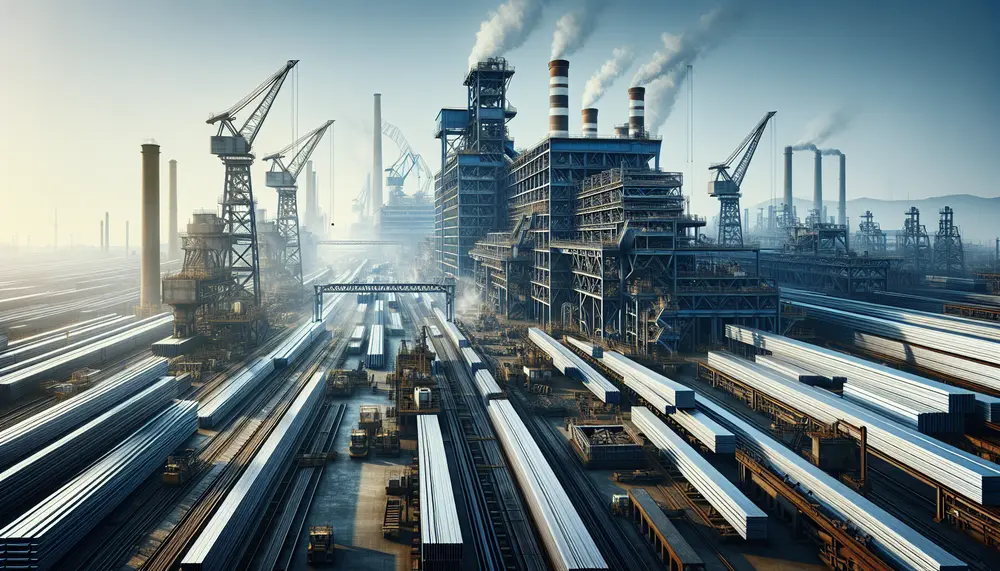
The African steel industry is growing and diverse, with varying levels of resource availability and technological sophistication across countries. It plays a crucial economic role by stimulating growth in other sectors, creating jobs, contributing to GDP, reducing import dependency, and...
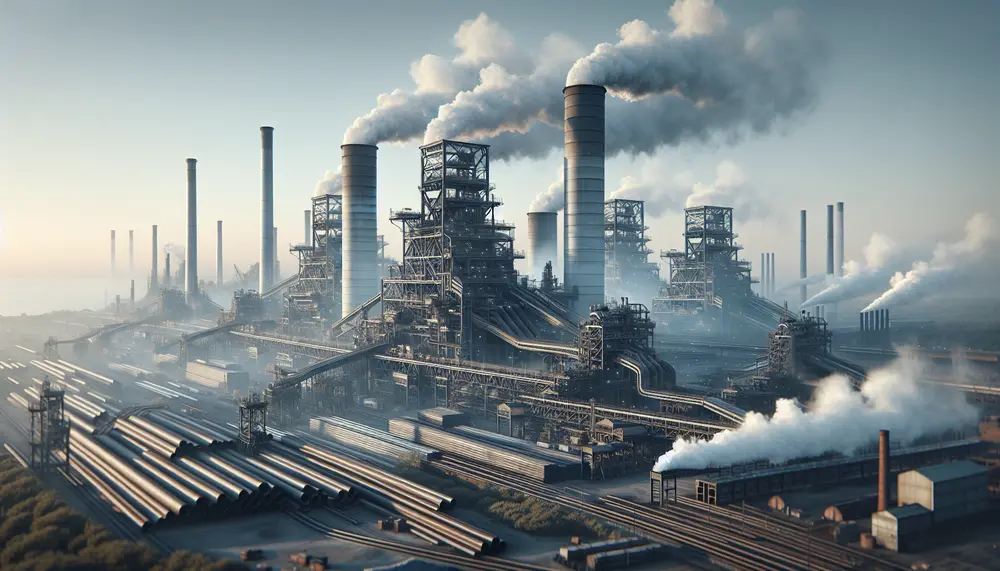
Steel production in France has grown due to technological advancements, increased demand, and strategic investments despite challenges like environmental regulations and market volatility. The industry's history shows a pattern of expansion post-WWII, peak production in the 1970s, followed by decline...
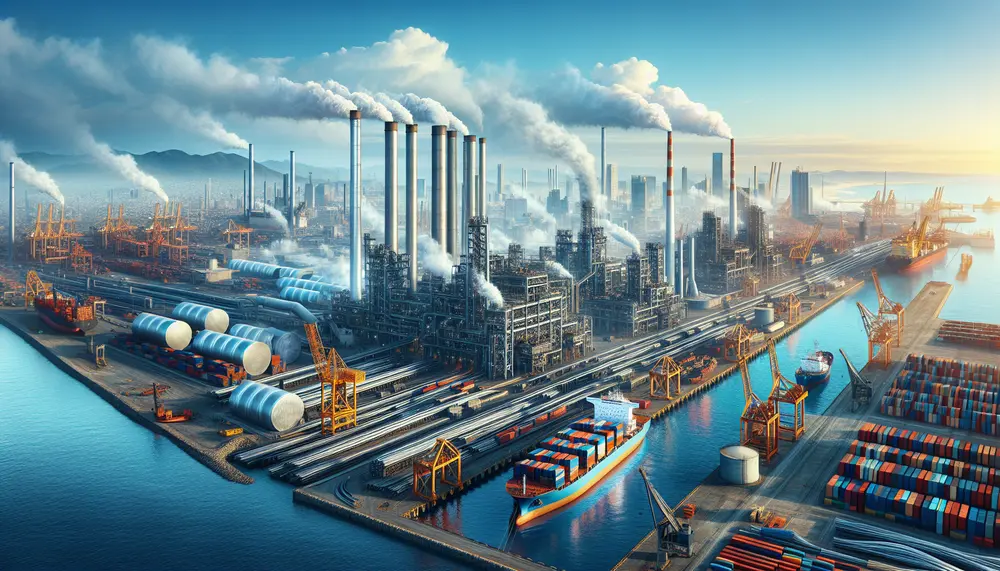
Mexico's steel industry has grown significantly due to rich resources, strategic location, skilled workforce, and modern technology. Challenges include high energy costs, competition from lower-cost countries, price fluctuations, and environmental concerns....
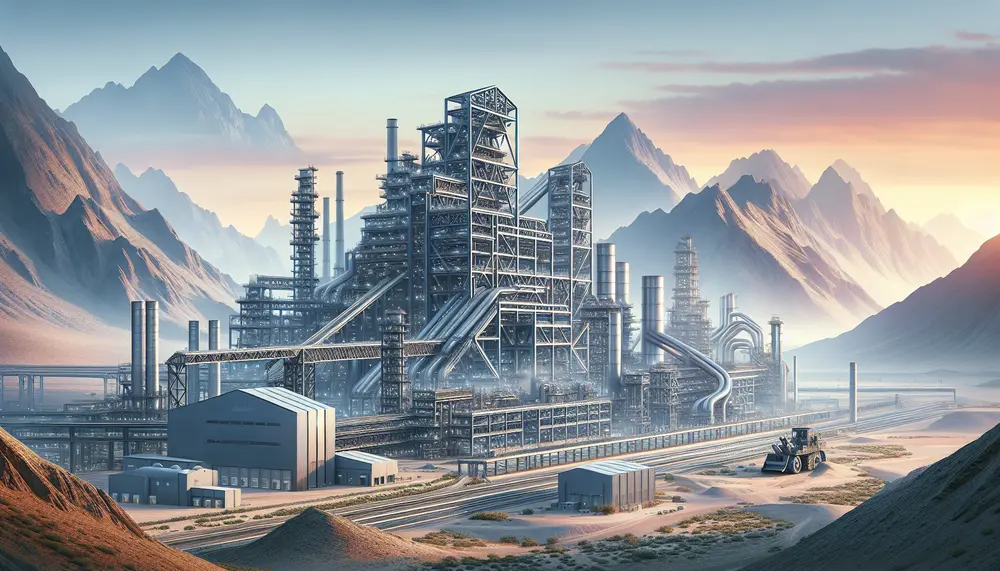
Oman's steel production has seen significant growth, contributing to the nation's GDP and infrastructure development. Strategic expansions have increased capacity to over 2.4 million tons, with key players like Muscat Steel Industries Co. LLC driving this dynamic sector forward through...
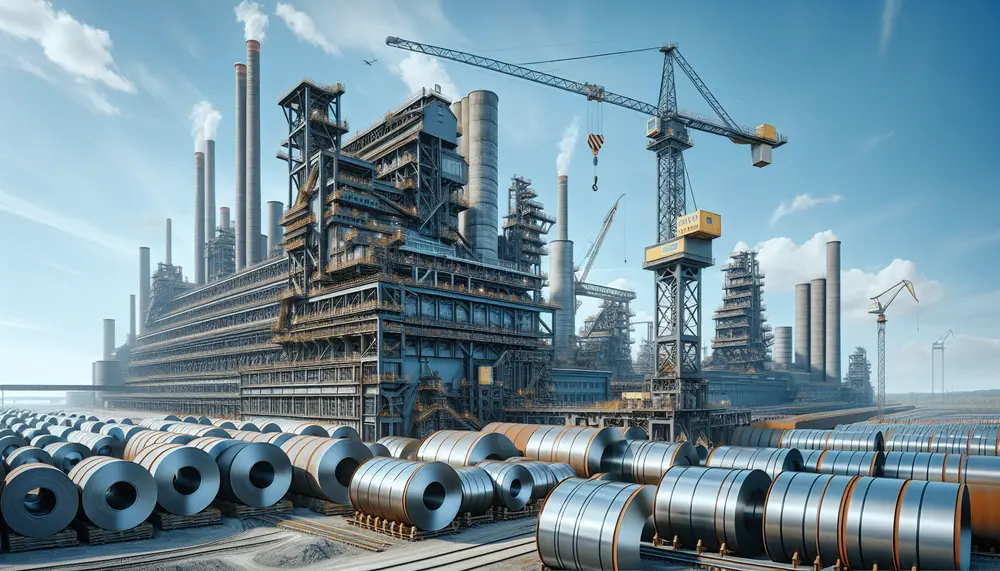
The steel industry in the Netherlands is integral to its economy, known for innovation and sustainability, with a focus on high-grade production used across various sectors. The Dutch sector's evolution has been shaped by historical shifts and strategic investments like...
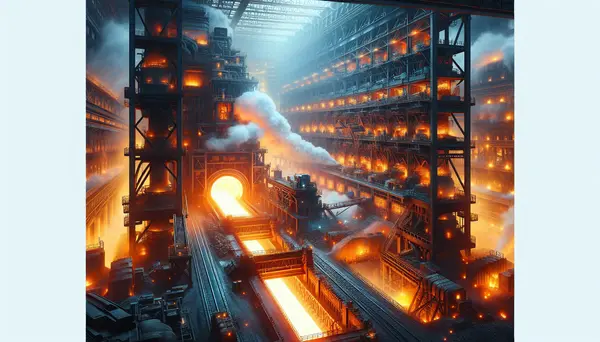
Steel, an alloy primarily composed of iron and carbon, is a crucial material in modern construction and manufacturing due to its strength, flexibility, and durability. The process of making steel involves extracting iron ore, purifying it through beneficiation processes, smelting...
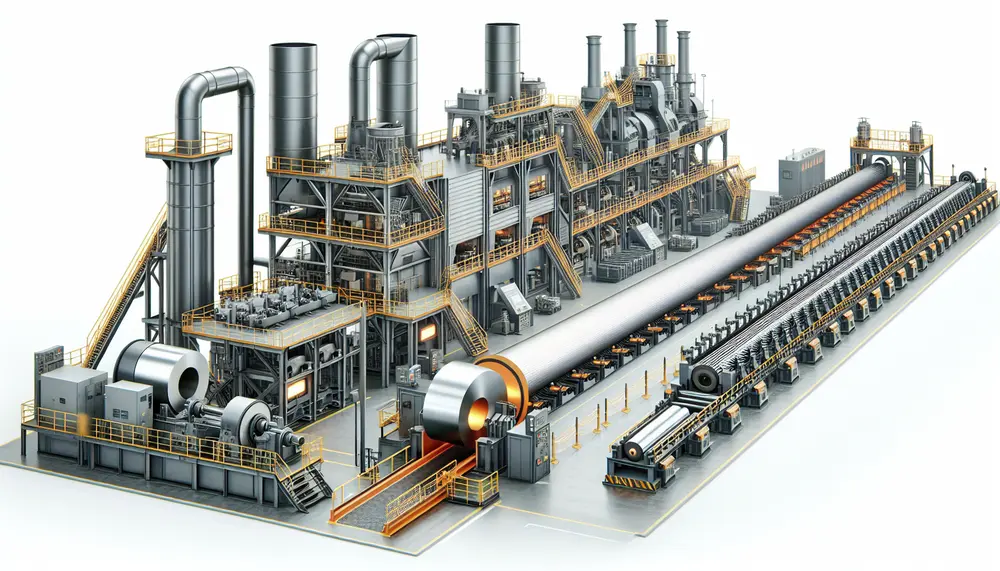
Steel manufacturing is a complex process that transforms iron ore into steel, involving precise heating and mixing to create different grades for various applications. The journey includes primary methods like Basic Oxygen Steelmaking (BOS) and Electric Arc Furnace (EAF), followed...
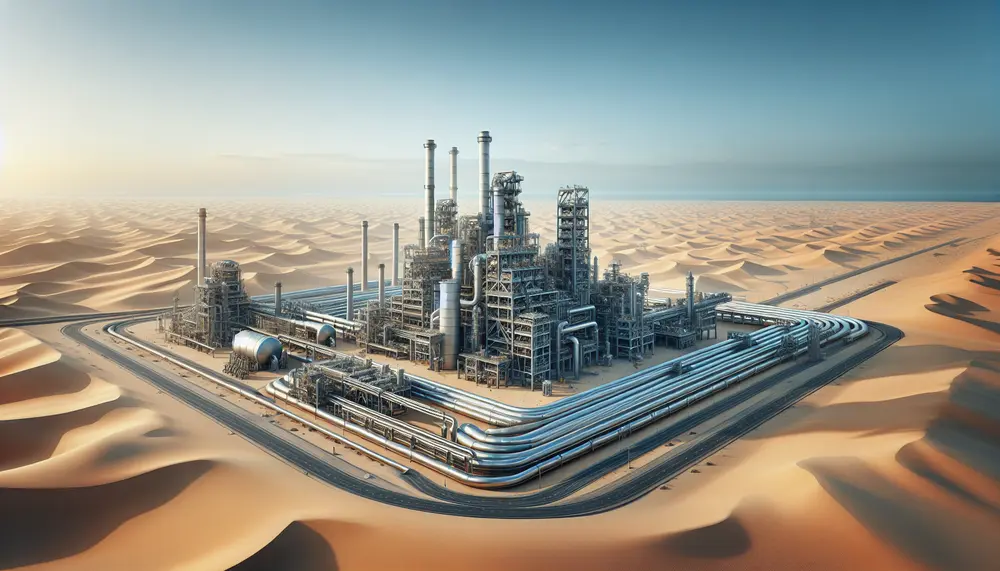
Kuwait's steel production is on the rise due to government initiatives, modernized facilities, and strategic location for trade. This growth supports economic diversification and attracts investment but also raises concerns about environmental impact and resource usage....
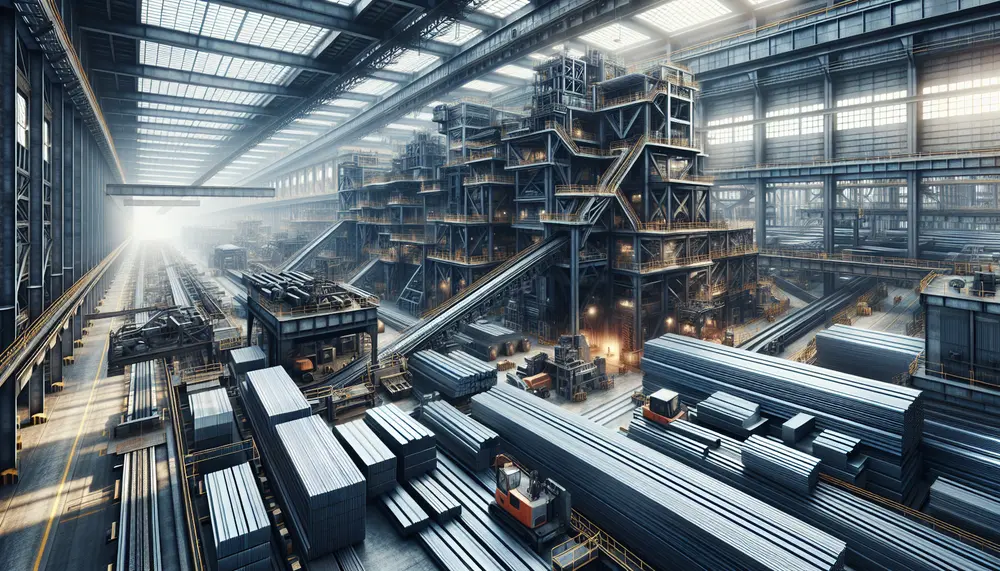
Key Performance Indicators (KPIs) are crucial for the steel industry, guiding operational improvements and aligning business objectives with market demands. They include metrics like energy consumption rates and CO2 emissions, which help companies increase profitability while adhering to sustainability goals....
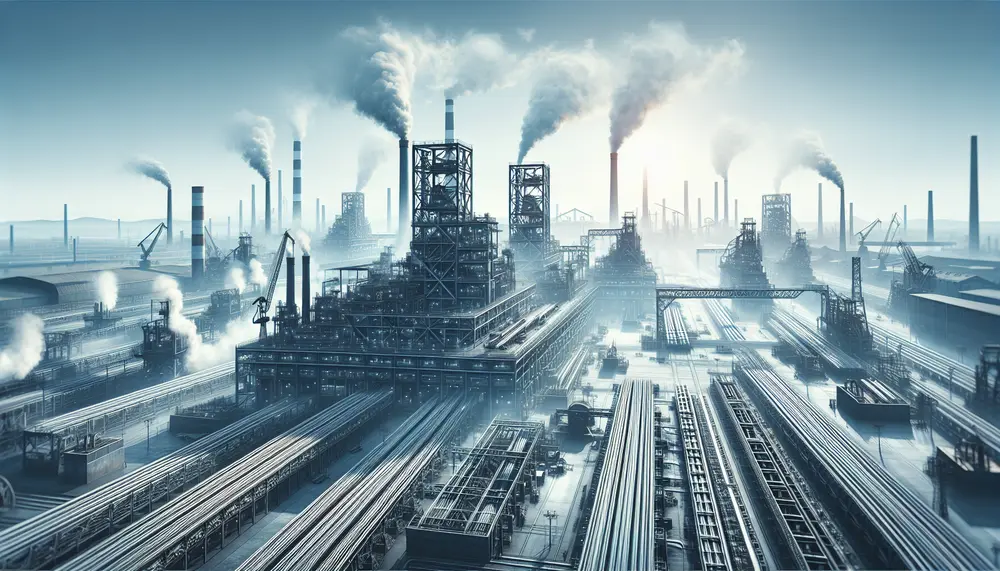
Steel production in the United States varies by state, reflecting unique resources, workforce skills, and industrial strategies; key states like Indiana, Pennsylvania, Texas, and Ohio lead due to factors such as natural resource availability and technological innovation. Mini-mills have revolutionized...

